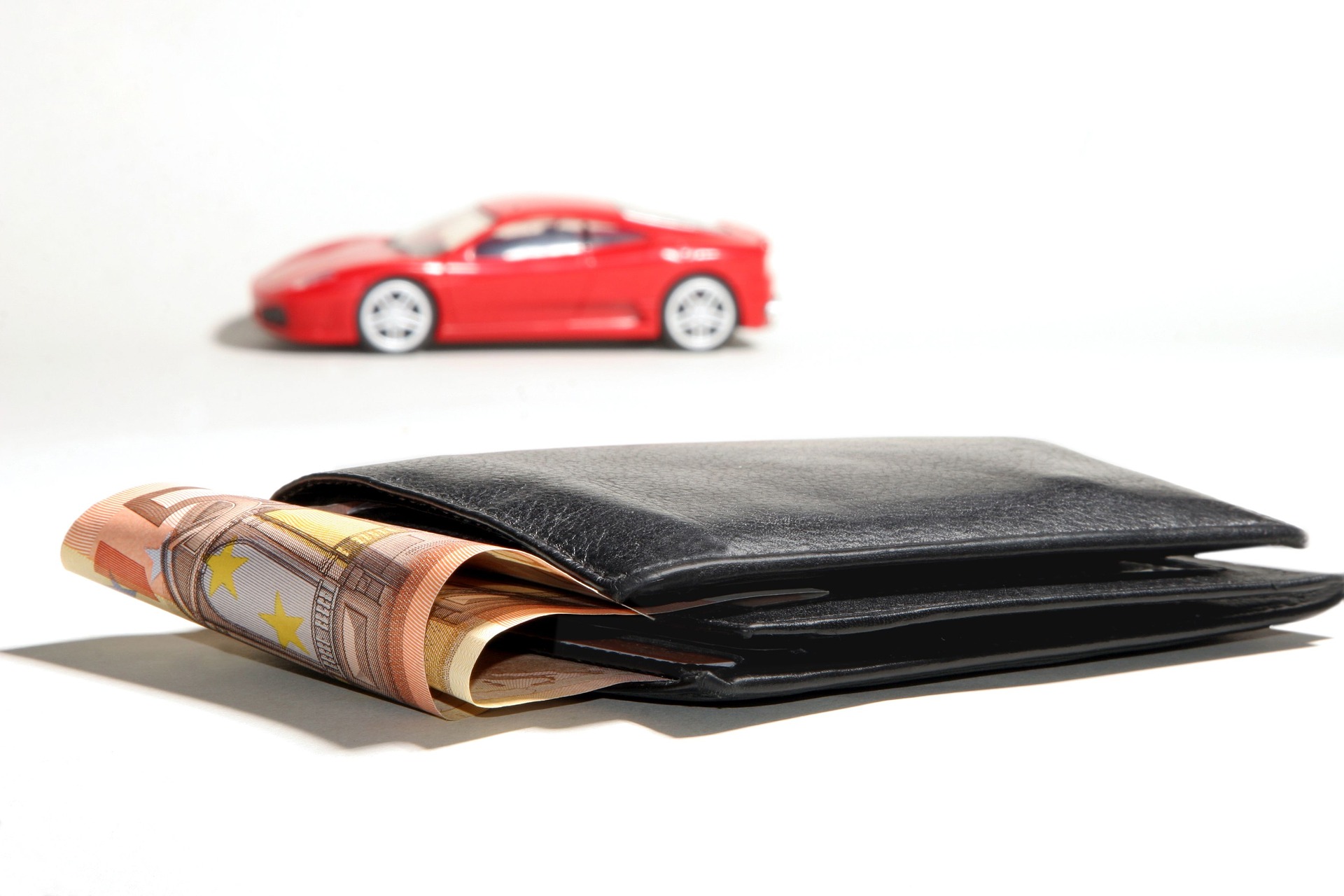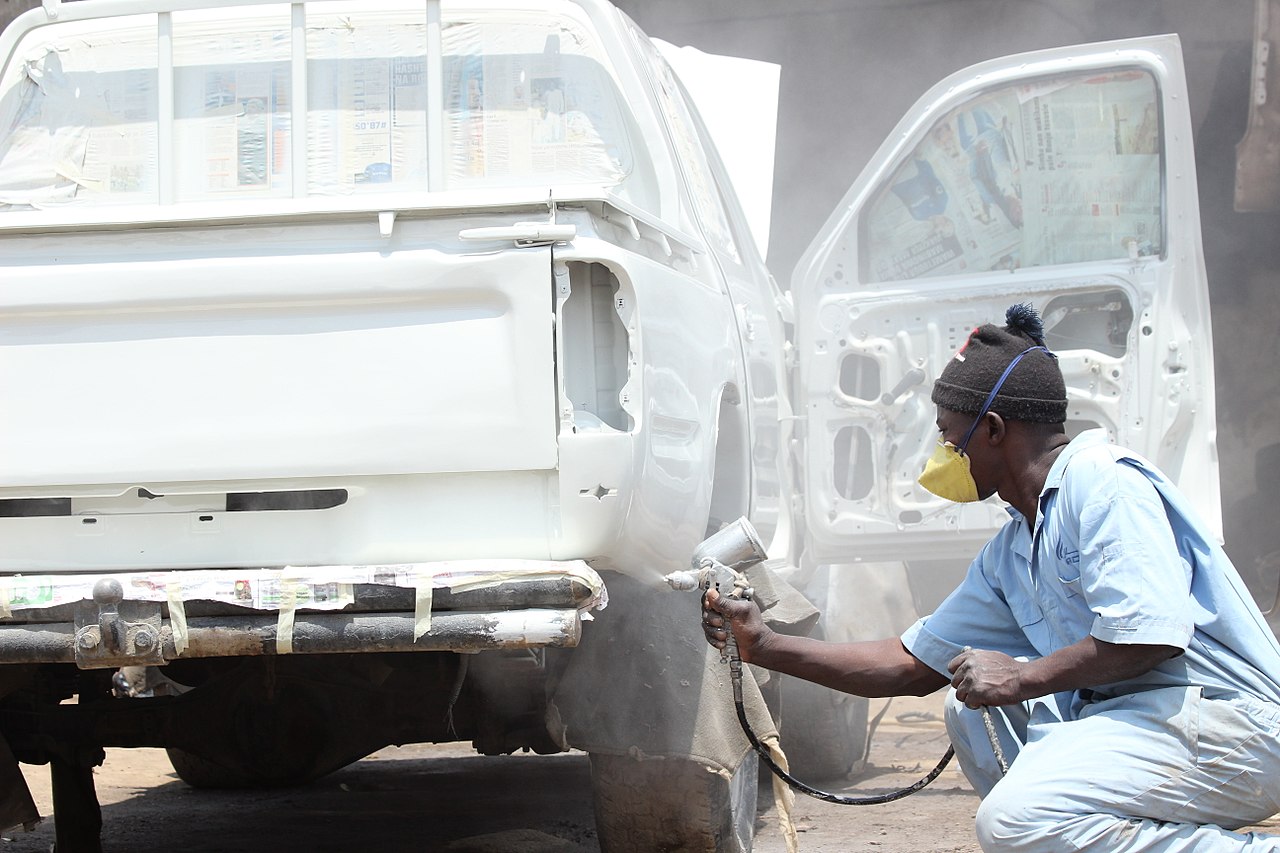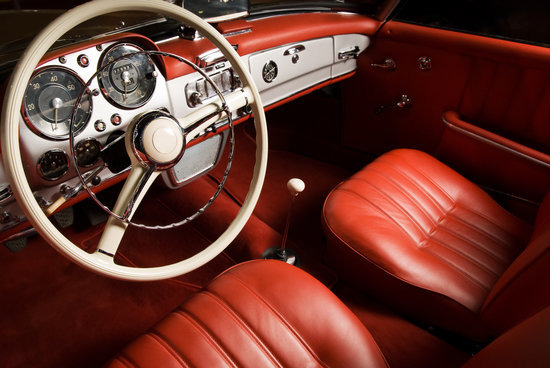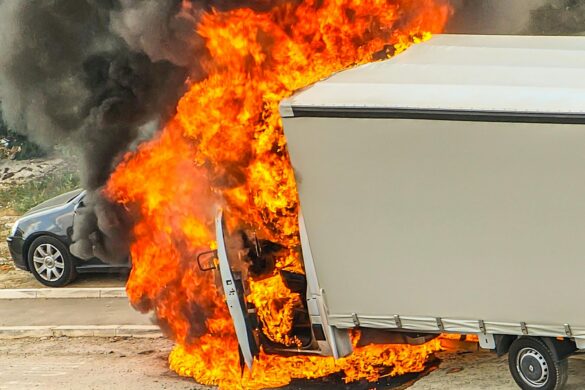
Many states require vehicle inspections when you buy a used vehicle. This includes inspections of the windshield and other key parts of the vehicle. This is to help ensure that the car is safe and you can drive it without any problems.
The inspection is very thorough and is usually done by an automotive professional. It can also be done by state officials in state inspection sites. The laws of your state will dictate where you go for an inspection.
If there are issues with your car, you can have it repaired by any professional. You can have your windshield repaired by a windshield repair shop in Oakville if you are in the area. You can also have it done anywhere else that does this job.
This article will help you to learn more about vehicle inspections that include windshield inspections. It will give you a rundown of the steps that are taken to inspect your vehicle. You can also do more research to find the information you are seeking.
Steps of Inspection
1. Brakes – Your brakes will be checked to see you have squishy brake pedal. If this happens, it could mean that you are low on brake fluid. Being low on brake fluid could mean that your brakes won’t work correctly.
2. Fluids that are Leaking – Fluid leaks can appear anywhere in your car. All your fluids will be checked to see if there is any leak. If you have seen any fluid leaks, let the inspector know so that they can document it.
3. Parts that are Loose – Your car will also be checked for any loose parts. This includes all hoses and belts that are under the hood. They will check to make sure that they are all tight as they should be.
4. Tires – These are one of the most essential parts of your car are your tires. The inspector will check for cracks, bulges, uneven tread, or cuts: https://brainly.com/question/21179879. Any of these things will mean that you should replace the tire affected.

5. Alignment – Your alignment will also be inspected because this could affect the way your car drives. It could cause poor steering and poor handling. You will want this fixed by a professional as soon as you can.
6. Lights – Your headlights, taillights, turn signals, fog lights, emergency lights, and backup lights will be checked. If you are having any problems with any of these lights, it could be dangerous for you. Usually, these issues can be fixed by adding new bulbs to your lights.
7. Checking Under the Hood – There are many things that should be looked at under the hood. We’ve already talked about hoses and belts, but your coolant levels will be looked at as well as your oil level. This can affect how your vehicle runs so they need to be topped off or changed when necessary.
8. Steering – Your steering fluid will also be looked at. Your steering fluid should be full to prevent steering issues. You don’t want to have trouble steering as you are driving down the road.
9. Look at Your Clutch – Your clutch will be looked at to see if it engages and disengages easily. Your car will be driven with the accelerator pressed down and moving the car into drive. The gears should move quickly without any noise.
10. Look at Your Engine – Your engine should be inspected, as well. Along with checking fluid levels, the inspector will look for any unusual noises or vibrations. These can mean a number of things, and you should take your car to a professional to have it looked at.
11. Inspect Emergency Equipment – If you have any emergency equipment such as fire extinguishers, first aid equipment, and other things, they will be inspected. If you don’t have these things, you should consider having them for emergencies. This can end up saving your life or the lives of others.
12. Check Seat Belts – Your seatbelts will be checked to see if they are working properly. You don’t want them to get stuck as they are being used, you want them to flow easily. This can also save your life if they are working properly.
13. Horn – Your horn will be checked to see if it is loud enough. It should be loud enough that others can hear it while you are driving. You can use your horn if you see imminent danger.
14. Defrosters and Heaters – Your heater keeps you warm in winter weather and your defroster keeps your window clear from frost. These items need to be inspected so that you know they are working correctly. You want to be able to see out your window while you are driving.
15. Windshield and Wiper Blades – These will also be looked to make sure they are in working order. You need to be able to clear the rain and other precipitation from your window. You need to be able to see clearly as you are driving.
Your windshield will also be inspected to see if there are any chips or cracks in it. If there is any damage, especially in the sight of the driver, you should have it replaced or repaired. It can be a simple procedure.

16. Battery Voltage – Your battery is responsible for starting your vehicle. See more here. If you do not have enough voltage to start your car, you probably need a new battery. You don’t want to get stuck somewhere with a car that won’t start.
17. Turn Signals – These will be checked when other lights are looked at. Your turn signals are important because they tell others where you are turning so they don’t hit you. You need to make sure that they are working properly and that you use them.
18. Suspension System – Your suspension system includes four components including shocks or struts, springs, bushings, and control arm. All these need to be in working order to ensure that your vehicle is safe. Your suspension system needs to be checked periodically and not just at the inspection.
19. Check Your Bumpers – Your bumpers need to be secured to make sure they won’t fall off. Your bumpers are important in case of an accident so you want to make sure they are where they should be. If there is any damage to your bumper, you should have it fixed as soon as possible.
Mirrors Should be Checked – You need to be able to use your mirrors to make sure you are driving safely. If there are broken or cracked mirrors, you should fix them as soon as possible. They are mandatory for driving, parking, and changing lanes.
Conclusion
A vehicle inspection is mandatory in many states, especially for used vehicles. You might also want to have your car inspected before you buy it to make sure you are getting the car that you expect. It helps to make sure that you will be safe while driving down the road.









